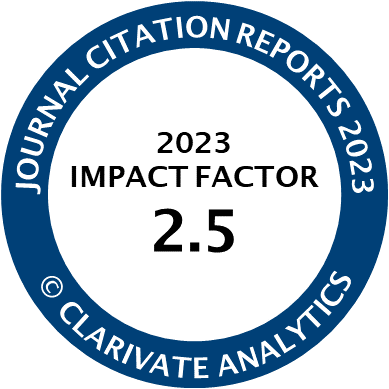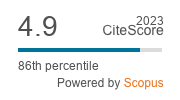Article | Open Access
Campaigns, Mobilisation, and Composition Effects in the 2018 Irish Abortion Referendum
| Views: | 296 | | | Downloads: | 276 |
Abstract: Referendums on issues usually thought to split along cleavage lines are least likely to see significant campaign effects because it is difficult to get voters to switch sides on such issues. We argue that even though campaigns might not be very effective at shifting people’s votes—persuasive effects—the campaign can influence the decision to vote or not—mobilising effects. Using the 2018 referendum to repeal the Irish ban on abortion, we test for mobilisation effects in which one campaign caused the withdrawal of support for its campaign and possibly motivated potential voters in the other side’s campaign. By remaining “on message” the pro-choice side’s arguably less interesting campaign allowed mainstream elites to come on board. We offer evidence that the campaigns mobilized some groups and suppressed turnout in others, leading to a larger victory for the repeal (the ban on abortion) side than most had expected.
Keywords: backfire effects; cleavages; electoral campaigns; minimal effects; referendums; turnout composition effects
Published:
Issue:
Vol 13 (2025): Cleavage Referendums: Ideological Decisions and Transformational Political Change (In Progress)
© Kevin Cunningham, Eoin O'Malley, Stephen Quinlan. This is an open access article distributed under the terms of the Creative Commons Attribution 4.0 license (http://creativecommons.org/licenses/by/4.0), which permits any use, distribution, and reproduction of the work without further permission provided the original author(s) and source are credited.




